2+picc.2+eh.2+bcl.2+cbn./4.3.2+btbn.1/timp./4perc/ hp/cel/str
Premiered in Des Moines, Iowa on 24 March 2018 at the Des Moines Civic Center, Joseph Giunta conducting the Des Moines Symphony
Duration: 11 minutes
Live concert audio recording from World Premiere is available for archival purposes only and for private listening. If you would like to review the recording please contact Augusta.
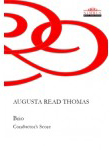
![]() Conductor's Score and Orchestral Parts (Hire Only)
Conductor's Score and Orchestral Parts (Hire Only)
![]() BUY SCORE - Study Score (UK)
BUY SCORE - Study Score (UK)
![]() BUY SCORE - Study Score (US)
BUY SCORE - Study Score (US)
Informal reference recording
The Final 2’30” of the composition in a live performance by students
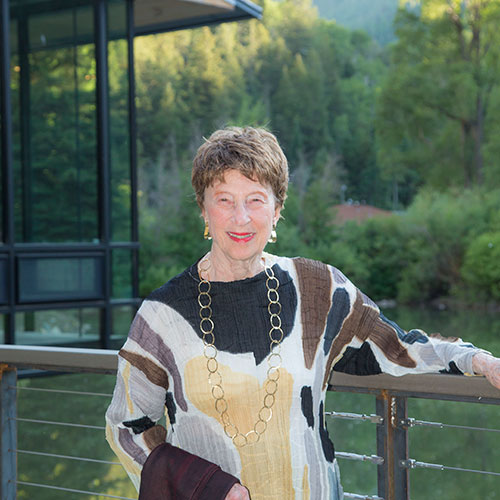
BRIO for orchestra, a Music from the Heartland commission by the Des Moines Symphony, Joseph Giunta, Music Director and conductor, is dedicated to Carolyn (Kay) Bucksbaum – Arts Devotee, Innovator, Philanthropist and dear friend – and was commissioned as a gift from her son and daughter John Bucksbaum and Ann Bucksbaum Friedman
From Webster’s Dictionary:
brio
-noun
let's give this celebration the brio it deserves!
vigor, vivacity, gusto, verve, zest, enthusiasm, vitality, dynamism, animation, spirit, energy;
informal pep, vim, get-up-and-go
Brio for Orchestra, a “Music from the Heartland” commission by the Des Moines Symphony, Joseph Giunta, Music Director and Conductor, is dedicated to Carolyn (Kay) Bucksbaum — arts devotee, innovator, philanthropist and dear friend — and was commissioned as a gift from her son and daughter, John Bucksbaum and Ann Bucksbaum Friedman.
Kay Bucksbaum is radiant, elegant, brilliant, expressive, graceful, fun, beautiful, generous, sophisticated, and positive. I am humbled by this opportunity to compose an orchestral work in her honor for its world premiere on Maestro Giunta’s “Apotheosis of the Dance” concert. The Webster’s Dictionary definition of the noun brio reads in part: “Let’s give this celebration the brio it deserves! — vigor, vivacity, gusto, verve, zest, enthusiasm, vitality, dynamism, animation, spirit, energy; informal pep, vim, get-up-and-go.” The title Brio hopefully captures the spirit of Kay’s magnificence, twinkle, and positive energy.
I care about craft, clarity, and passion. My works are organic and, at every level, concerned with transformations and connections. The carefully sculpted musical materials of Brio are agile and energized, and their flexibility allows a way to braid harmonic, rhythmic, and contrapuntal elements that are constantly transformed — at times whimsical and light, at times jazzy, at times layered and reverberating. Across Brio’s 11-minute duration, it unfolds a labyrinth of musical interrelationships and connections that showcase the musicians of the Des Moines Symphony in a virtuosic display of rhythmic agility, counterpoint, skill, energy, dynamic range, clarity, and majesty. Throughout the kaleidoscopic journey, the work passes through many lively and colorful episodes and, via an extended, gradual crescendo, reaches a full-throttle, sparkling intensity — imagine a coiled spring releasing its energy to continuously propel the musical discourse. Vivid, clangorous, brassy, and blazing, Brio culminates in music of enthusiastic, intrepid (almost Stravinsky-like) spirits while never losing its sense of dance, caprice, and effervescence.
Music’s eternal quality is its capacity for change, transformation and renewal. No one composer, musical style, school of thought, technical practice, or historical period can claim a monopoly on music’s truths. Commissioning new art is leap-of-faith! The commissioner does not know what they will receive. I feel profoundly fortunate for the investments made by Ann, John, Joe, and the orchestra’s musicians in my work, and I devoted my strongest, most focused efforts to composing Brio in honor of Kay.
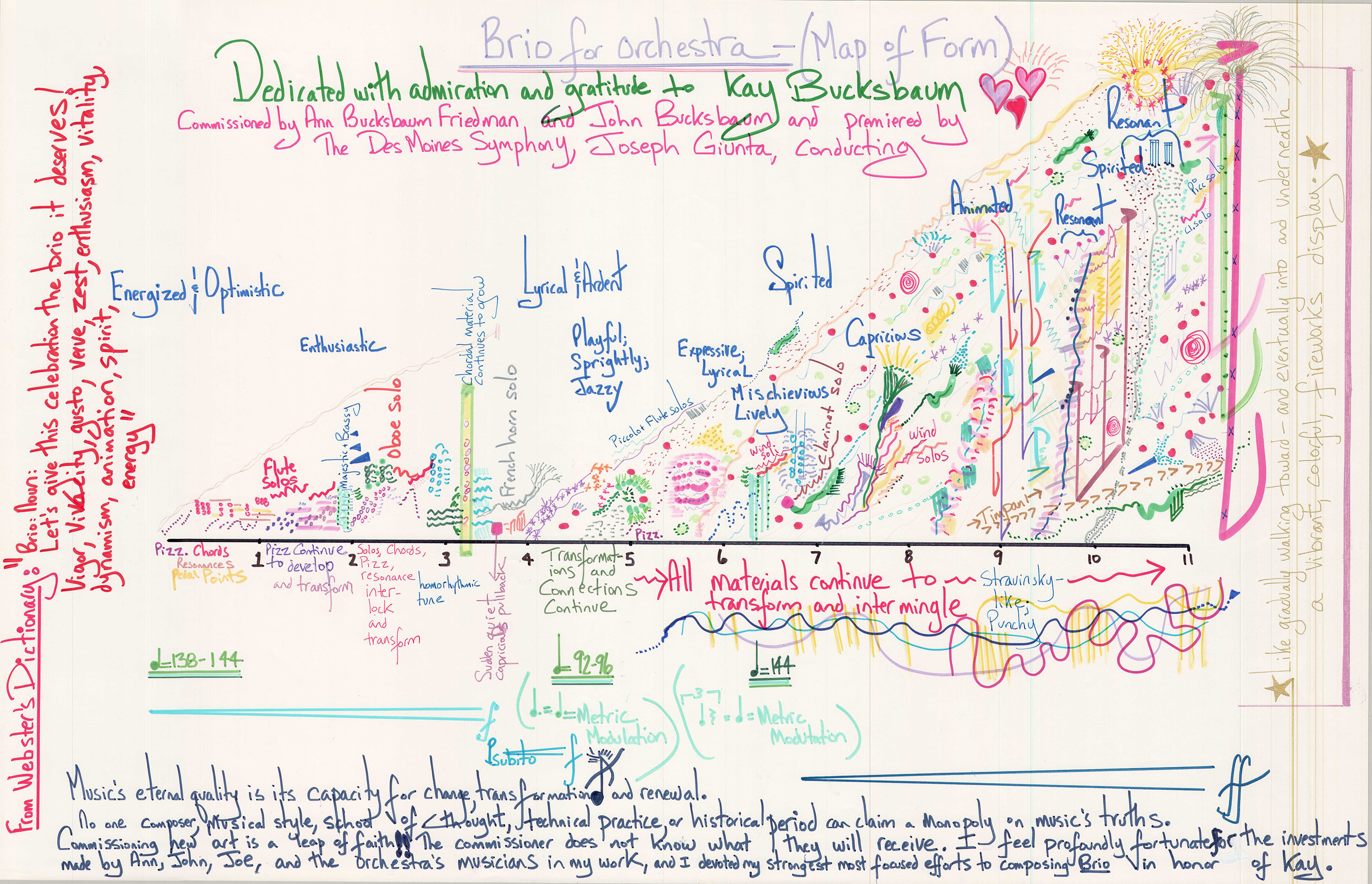
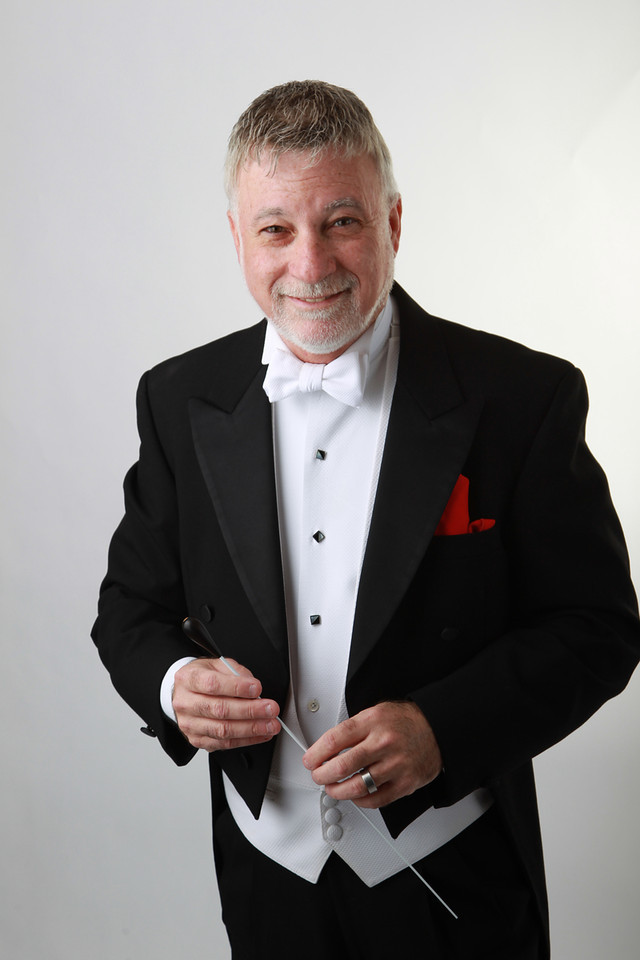
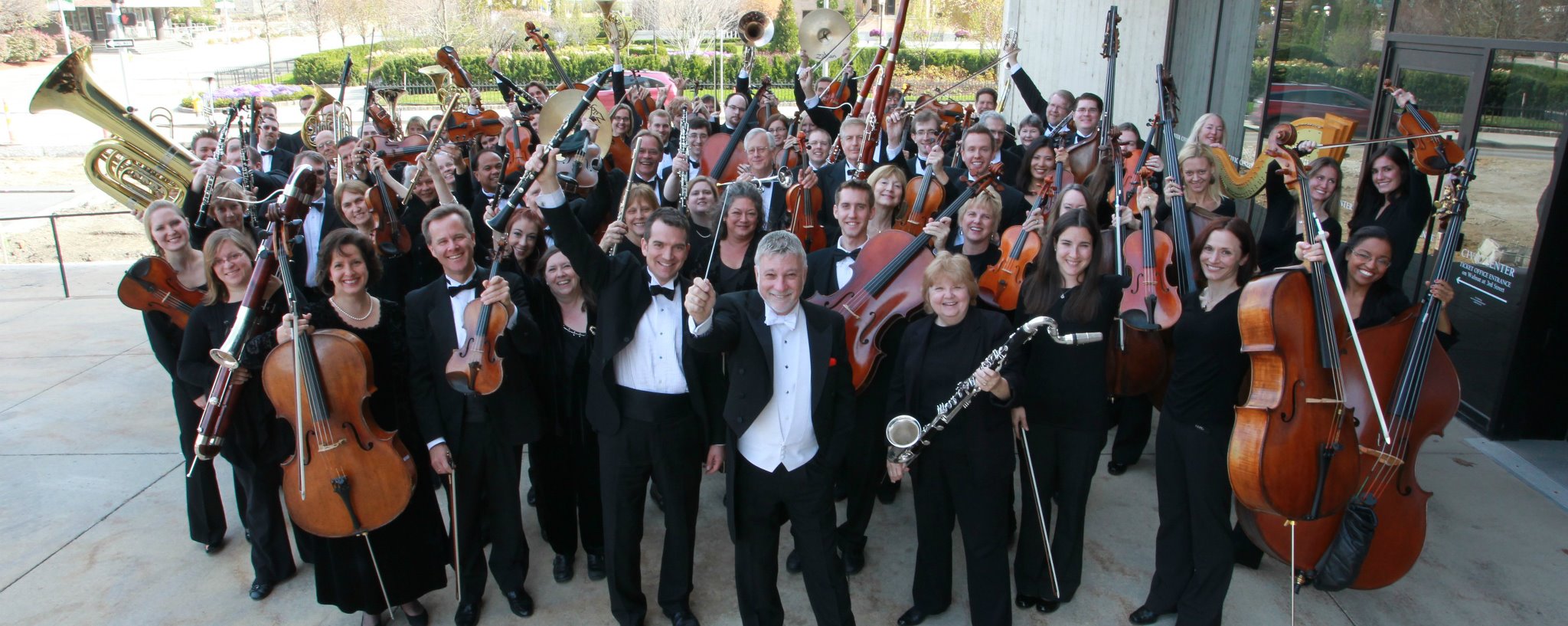
Jesse Figueroa, The Chicago Daily News, May 21, 2022,
Hedy Weiss, WTTW, ARTS AND ENTERTAINMENT, May 21, 2022
"Canellakis led the CSO in “Brio” a brief but dazzling piece by Augusta Read Thomas, the immensely gifted and prolific contemporary composer. “Brio,” Thomas’ aptly named 11-minute piece, is scored for a large orchestra that includes a great array of percussion, as well as both a harp and celesta. It hooks you from the start. It’s a kind of exuberant pointillist painting in music, with a fine riff on flute, the plucking of strings and the brief sound of chimes. In one segment all the instruments seem to be chatting with each other, some sonorous and others making themselves known with playful rhythmic flair. The shifts in mood — from a feeling of agitated city life complete with the crash of cymbals, to a brief tranquility — are finessed in quick succession. There’s even a hint of Leonard Bernstein’s “Jet Song” in a richly rhythmic sequence that also has a brief echo of Stravinsky’s “Rite of Spring.” A stormy build-up full of sonic surprises leads to a sudden silence and “the end.” Thomas is a prolific composer and professor of composition at the University of Chicago, who served as the CSO’s Composer-in-Residence from 1997-2006, and was on hand to take her bows.
Louis Harris, Third Coast Review May 20, 2022
"What kind of concert starts with an 11-minute introductory piece that ends up getting two ovations? A Chicago Symphony Orchestra concert that opens with Brio by Chicago-based composer August Read Thomas.
Thomas, a former Composer in Residence for the CSO, describes her music as “organic, … concerned with transformations and connections.” Brio opens with frisky notes on the bass instruments that gradually connects to other orchestral sections. As the themes weave in and out among the orchestra’s sections, momentum builds. This is most evident in the strings, which start with pizzicato finger plucks but end with arco use of the bows.
Brio is scored for a large orchestra, but it’s very economical. Every instrument is there for a specific reason. Four French horns are needed to play brief, 4-part chorales that come and go. Same holds true for the three trumpets, three trombones, and tuba, all of whom play several brief passages separately and together. The percussion section is large, with, among other things, several timpani and keyboard mallet instruments, including marimba, harmonium, glockenspiel, and xylophone. Thomas also puts the harp and celesta to good use.
Canellakis successfully brought all the connections and transformations into the aural fabric. When Brio ended, the audience went nuts. Thomas was present and was called up to the stage… twice.
Bernard Jacobson, Seen and Heard International, 2 November 2018 "Premiered a few months ago by the Des Moines Symphony, which commissioned the piece in honor of benefactor Carolyn Bucksbaum, Augusta Read Thomas’s well-named BRIO provided eleven minutes of effervescence to set the ball rolling. This is lithe and sparkling music that never sits down. Shanghai-born Yue Bao led it with impressive panache and much technical skill. Unfazed by the challenges that faced her in the music’s gossamer textures and inventive rhythms, she was also able to make the occasional bigger moments effective without exaggeration."
To obtain examination or performance material for this
Augusta Read Thomas work, please contact Nimbus Music Publishing.
